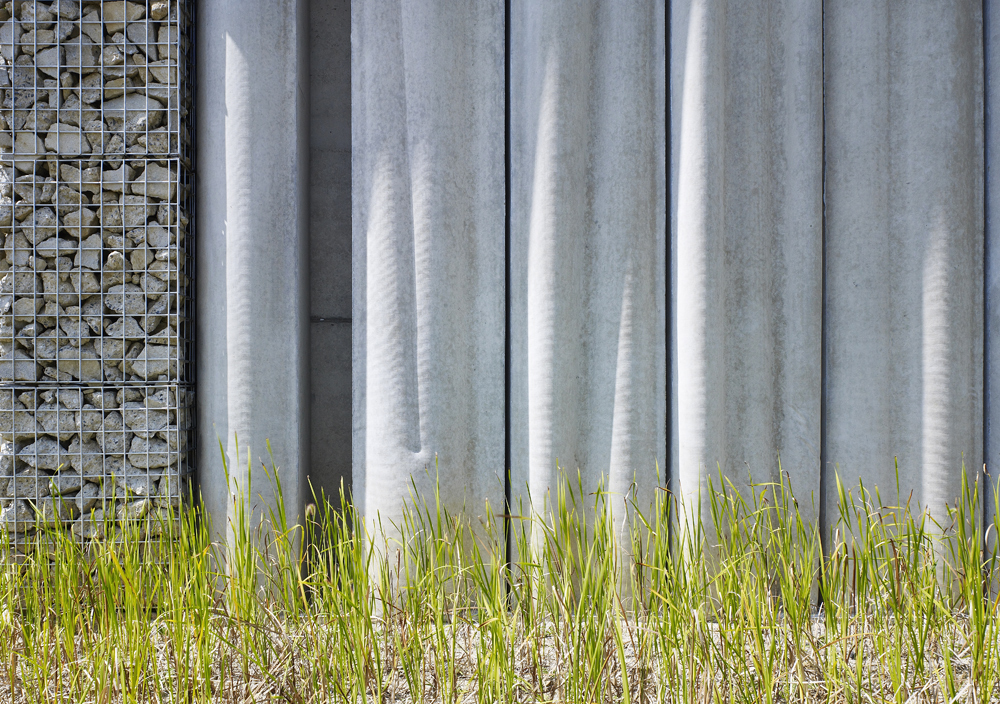Architects: Want to have your project featured? Showcase your work by uploading projects to Architizer and sign up for our inspirational newsletters.
If Architizer’s Sustainable Practice series has taught us anything, it’s that environmentally friendly buildings often take us back to basics in terms of resources.
We’ve looked at a number of highly technical projects, nevertheless materials have usually been natural, or as natural as possible. But what about when the setting, the landscape onto and into which we build, is utilized as an integral part of the structure?
In a world where minimizing disruption to the environment has never been more important, architecture has a responsibility to align itself with nature rather than disturbing or, worse still, flattening, leveling and reconfiguring habitats that are not ours to alter. It’s about understanding that we share our domain and must respect the fact that one person’s luxurious home can quickly mean the decline and demise of another species.
With this in mind, the following collection of projects has been compiled to reflect what can be achieved when firms and clients look to assimilate with the world as it has stood for time immemorial. Rather than insisting on themselves, these spectacular concepts not only blend in with their location but are fundamentally part of that place. They are a continuation of landscapes reimagined as materials.
Domingo House
By TETRO ARQUITETURA, Cotia, Brazil
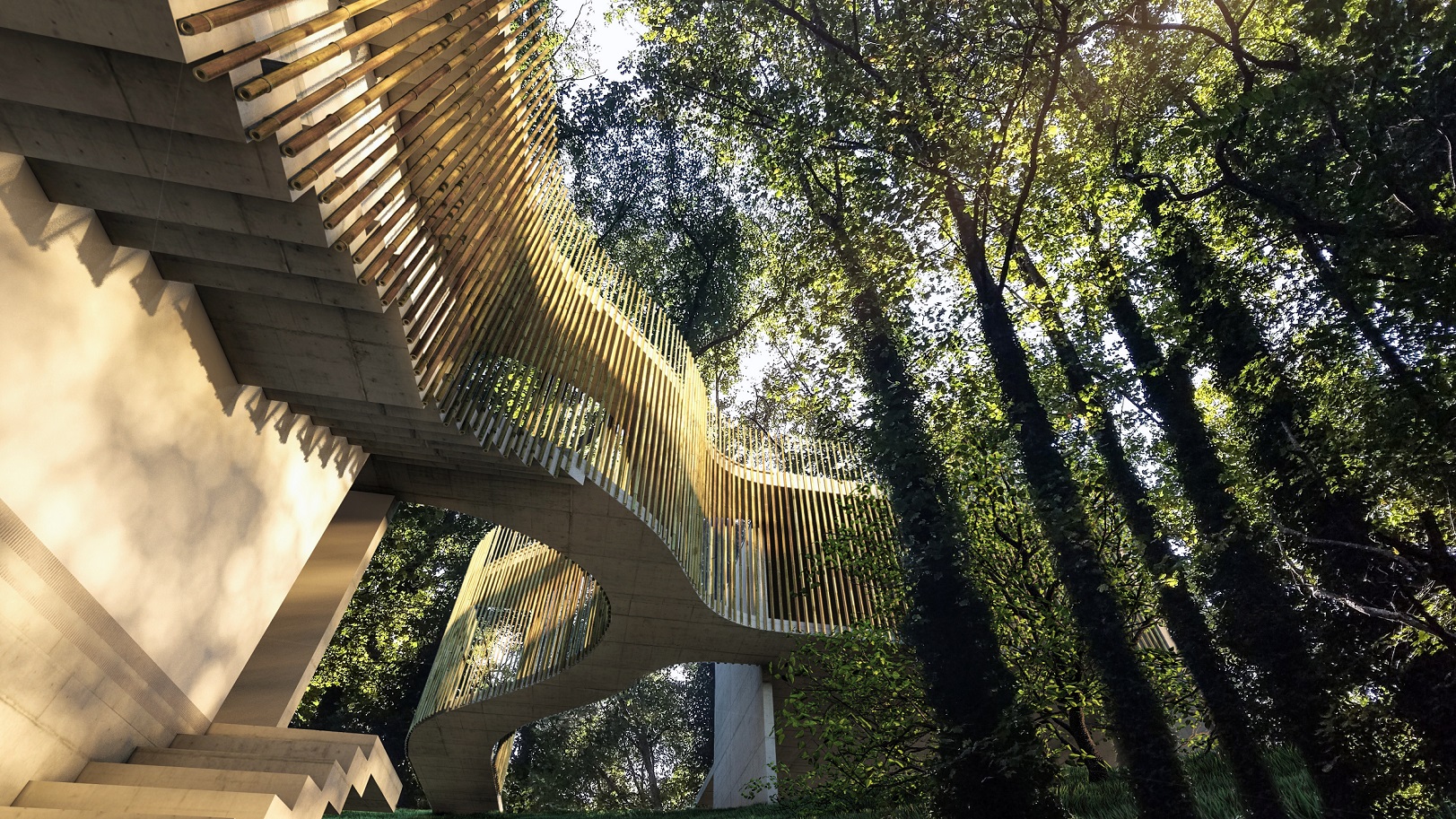
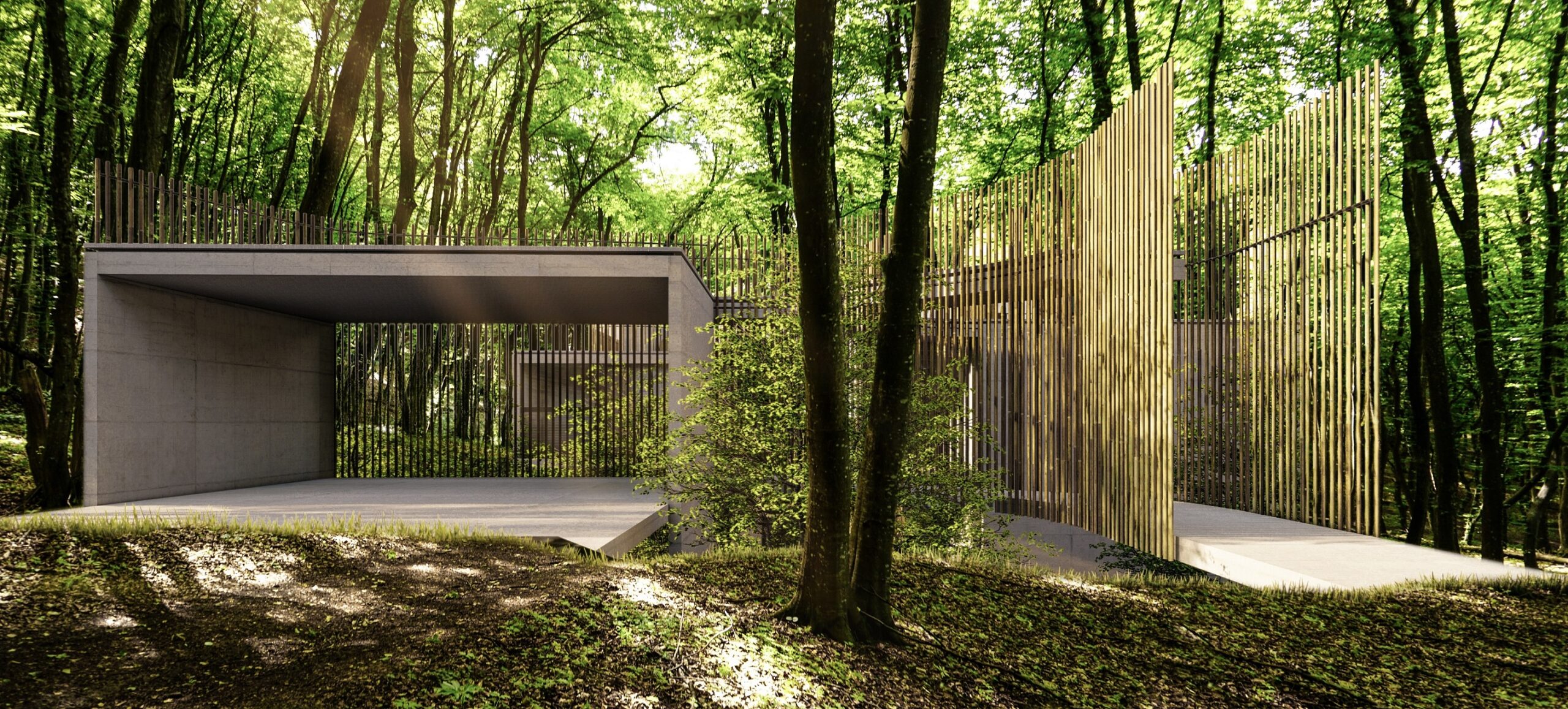
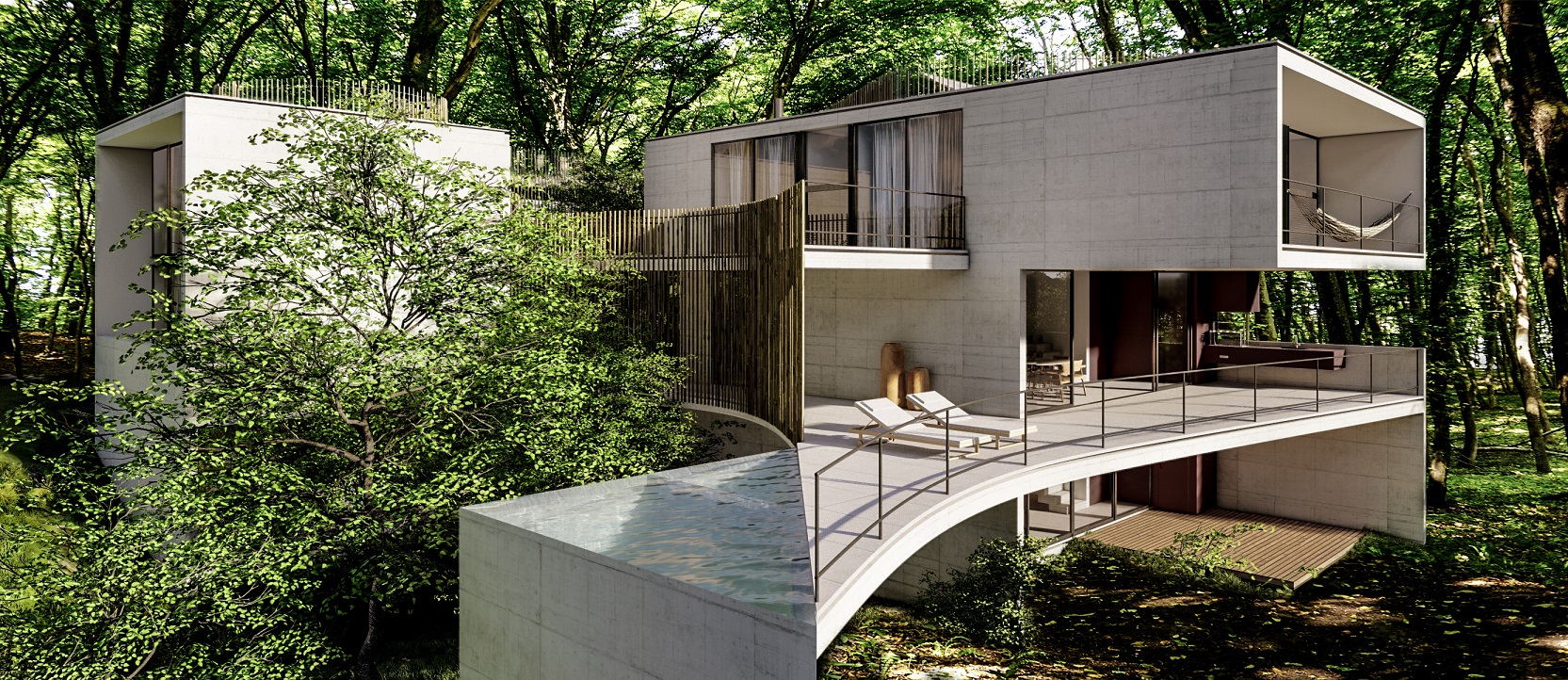 When seen in full profile, TETRO ARQUITETURA’s proposal for Domingo House doesn’t necessarily feel like it’s part of its environs. Appearances are deceiving. Resting on a small hill in thick woodland, the design wraps itself around the foliage, and utilizes inclines to create living spaces on multiple levels. At the same time, it is enveloped by that forest, its curvatures conceived in response to how the greenery has and will continue to grow.
When seen in full profile, TETRO ARQUITETURA’s proposal for Domingo House doesn’t necessarily feel like it’s part of its environs. Appearances are deceiving. Resting on a small hill in thick woodland, the design wraps itself around the foliage, and utilizes inclines to create living spaces on multiple levels. At the same time, it is enveloped by that forest, its curvatures conceived in response to how the greenery has and will continue to grow.
POC Santa Luzia
By Pedro Geraldes, Pampilhosa da Serra, Portugal
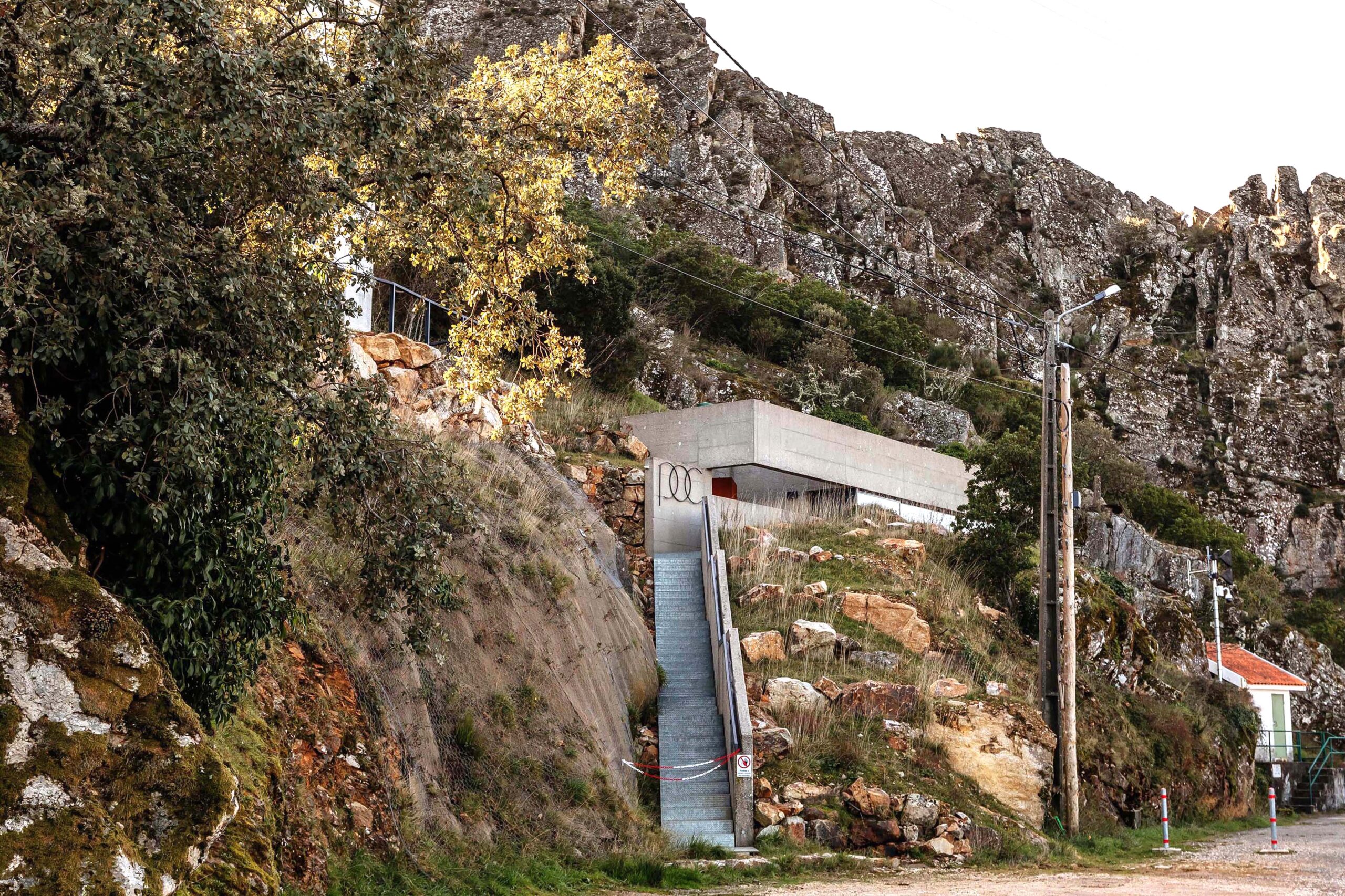
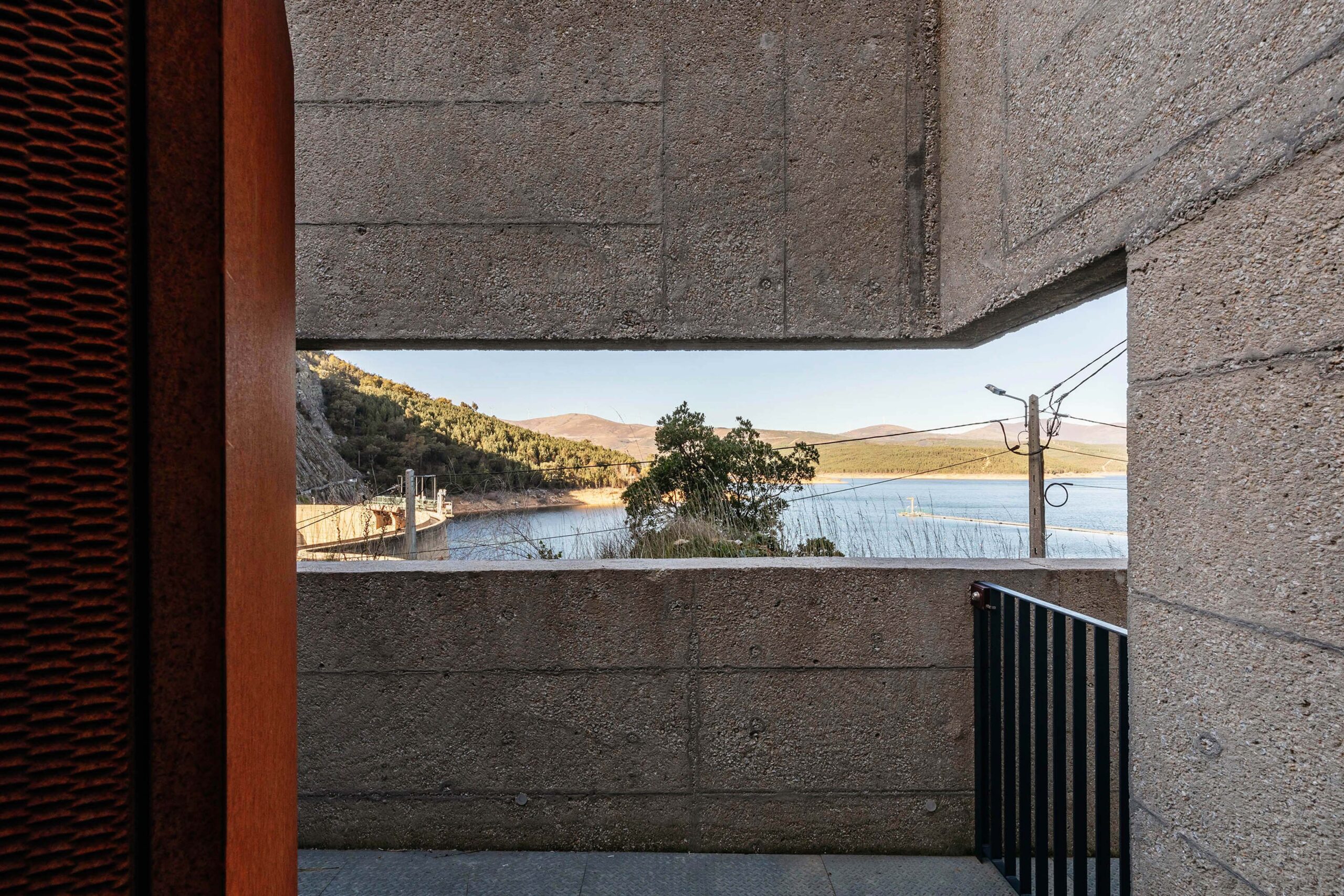
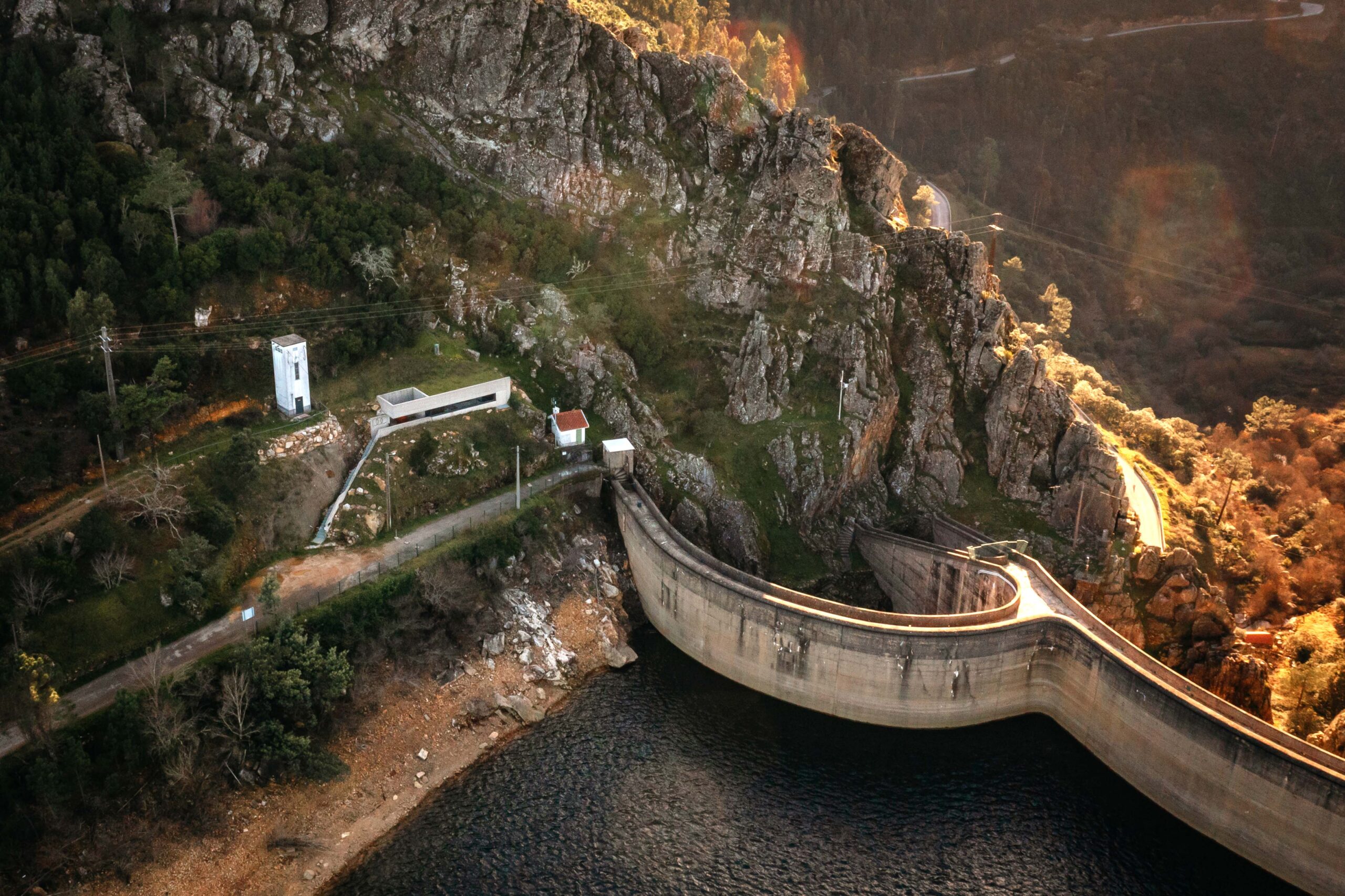 POC Santa Luzia is not intended for public use or private occupancy. Instead, this facility, embedded in rock face, is owned by energy giant EDP, and is here to allow the observation and maintenance of a hydro-electric dam. Due to the location, strict regulations were in place in terms of what could be built, how and with which materials. Semi-buried from view, complete with green roof, even the visible half-peak, bush-hammered concrete walls pay homage to what was here before: a solid granite edifice with a similarly rough texture.
POC Santa Luzia is not intended for public use or private occupancy. Instead, this facility, embedded in rock face, is owned by energy giant EDP, and is here to allow the observation and maintenance of a hydro-electric dam. Due to the location, strict regulations were in place in terms of what could be built, how and with which materials. Semi-buried from view, complete with green roof, even the visible half-peak, bush-hammered concrete walls pay homage to what was here before: a solid granite edifice with a similarly rough texture.
Digging the Light (Quanat Villa)
By Kalbod Design Studio, Yazd, Iran
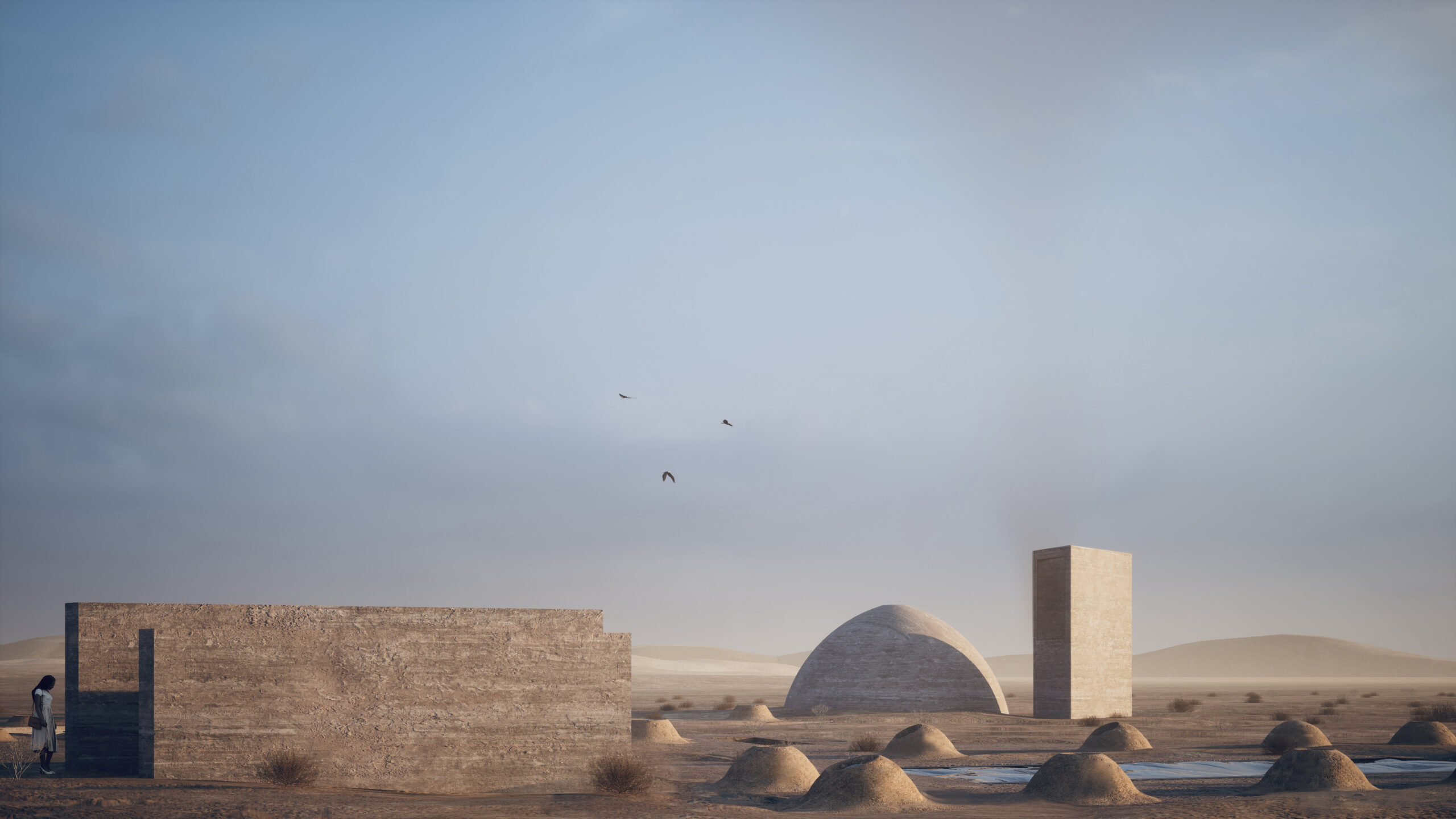
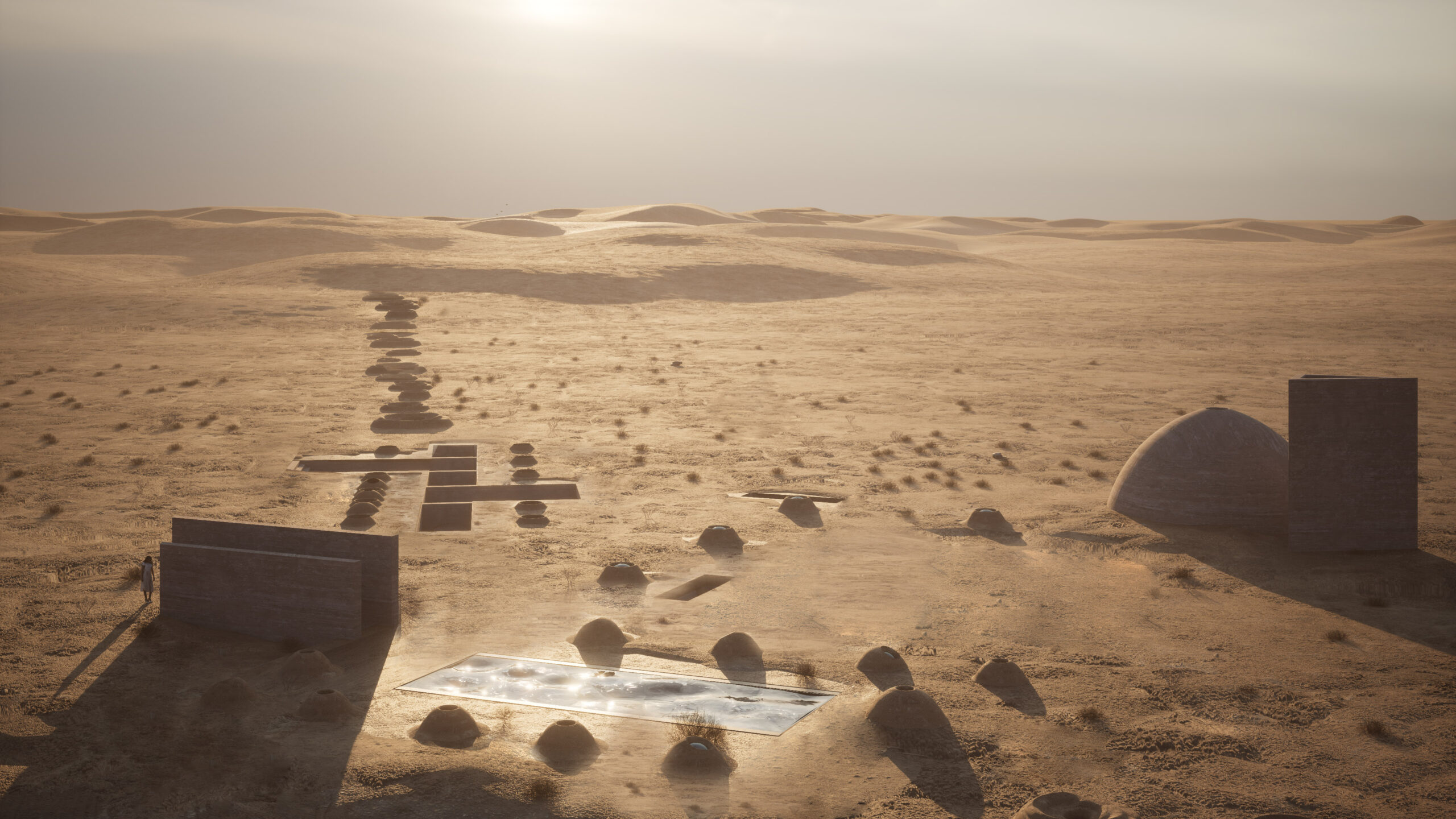
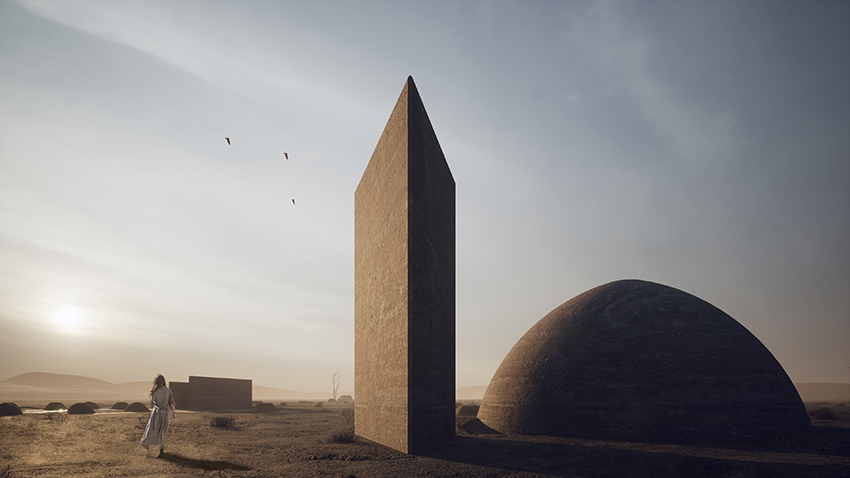 Unlike most architectural efforts, Quanat Villa not only takes its place on the land into consideration — in this case, the deserts of Iran’s interior — but also its position beneath the sky. Location chosen for its mesmerizing starry nights, residence sunken into the ground so as not to disturb the views across endless dunes, while also reducing the potential for light pollution to an absolute minimum.
Unlike most architectural efforts, Quanat Villa not only takes its place on the land into consideration — in this case, the deserts of Iran’s interior — but also its position beneath the sky. Location chosen for its mesmerizing starry nights, residence sunken into the ground so as not to disturb the views across endless dunes, while also reducing the potential for light pollution to an absolute minimum.
FORESTIS
By ASAGGIO, Brixen, Italy
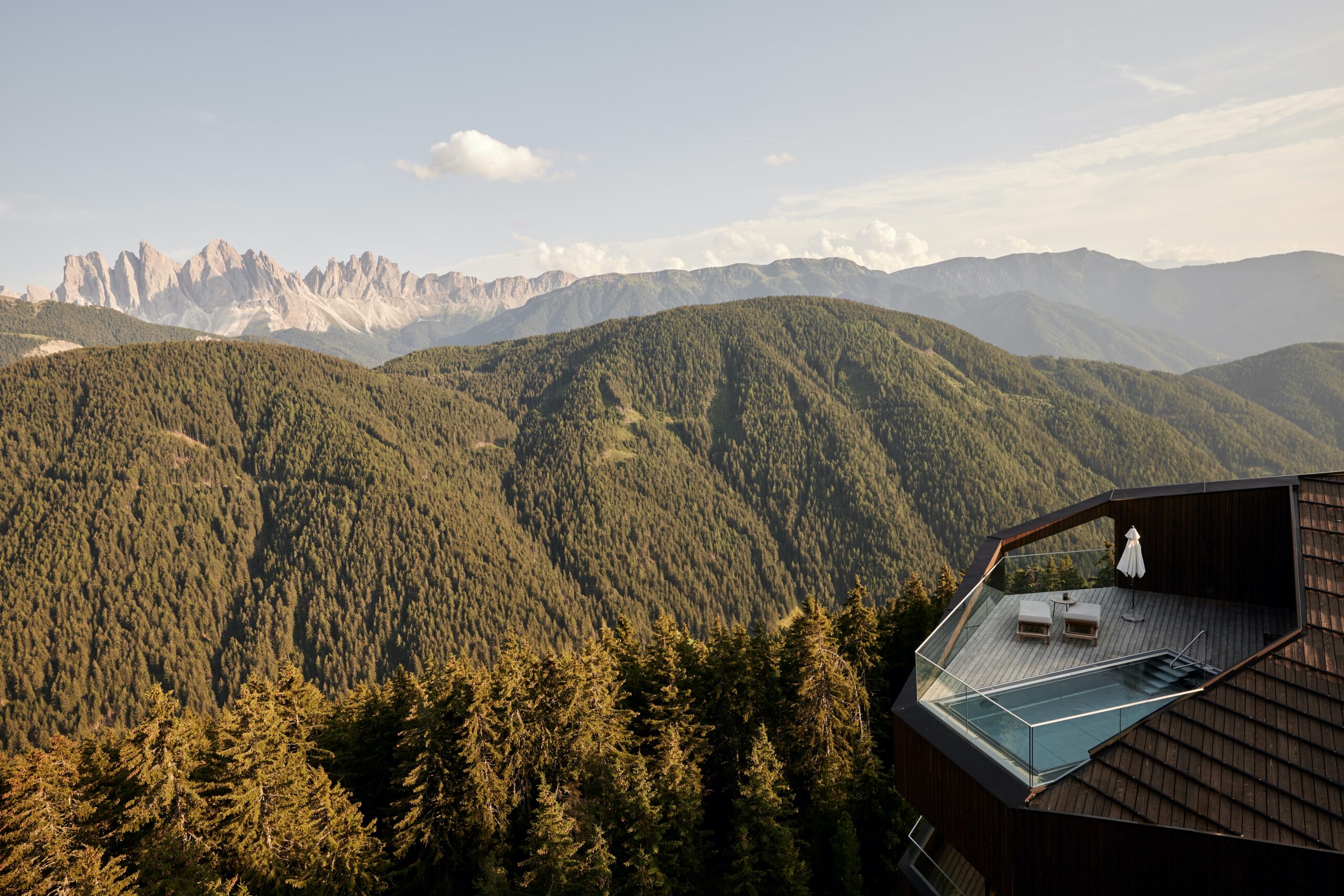
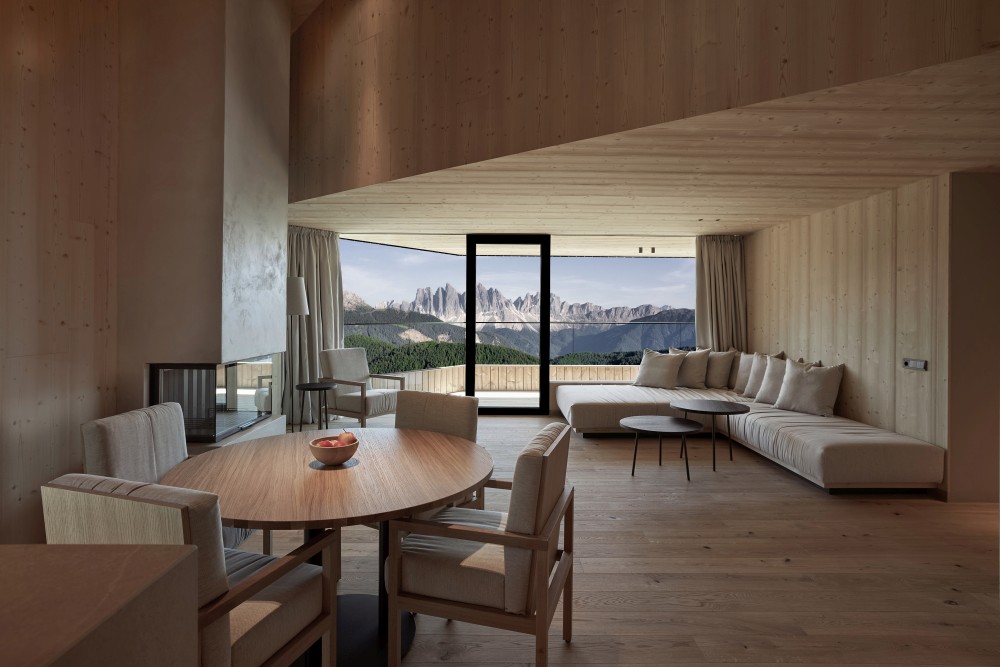
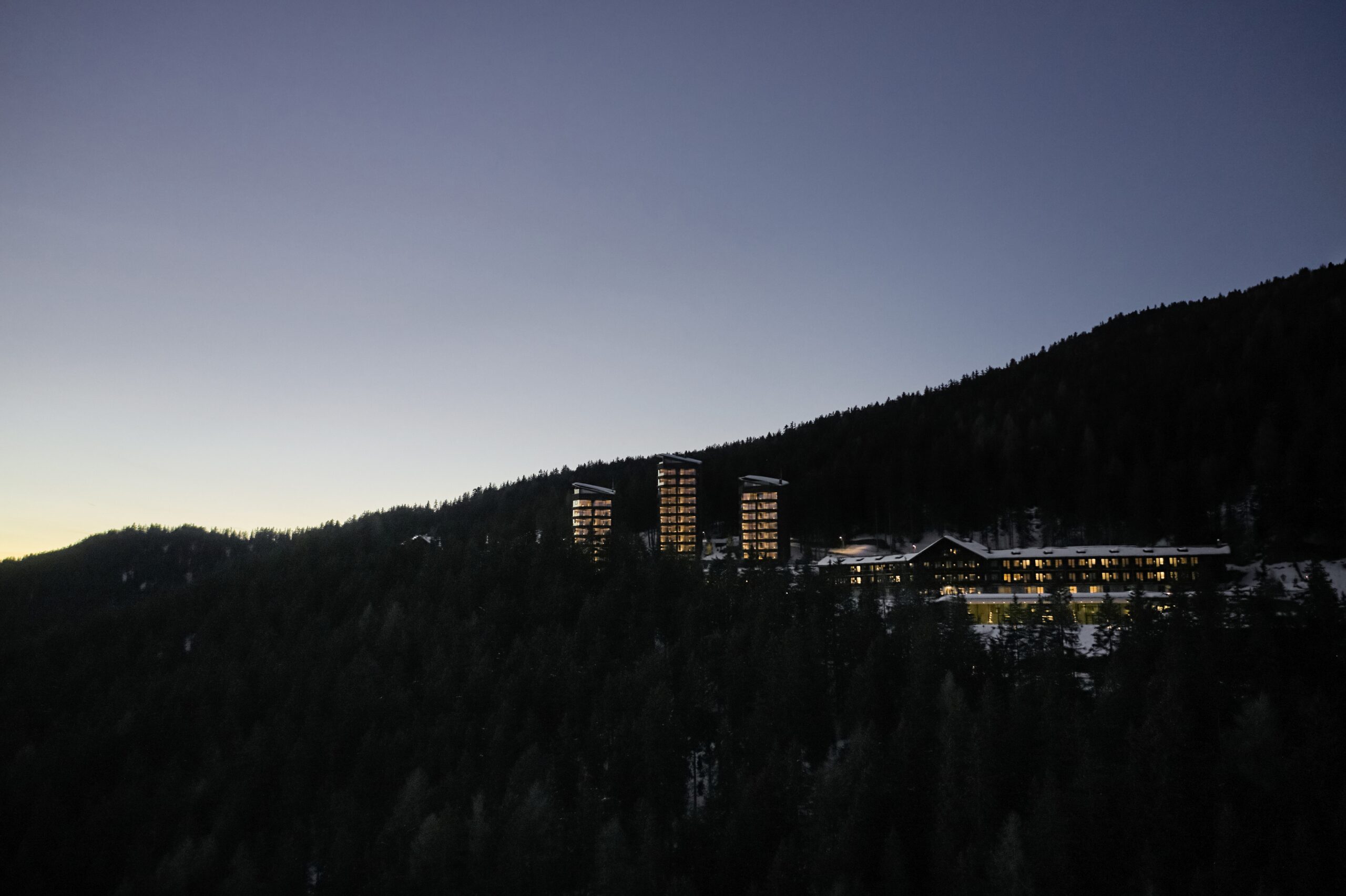 You could argue that travel is an essential part of life — exploring, learning and experiencing. In contrast, tourism is a luxury the world is increasingly finding unaffordable. Rules and regulations trying to curb the number of vacationers in over-visited cities and islands across Europe is one example of how bad things are getting. Building huge resorts is another. FORESTIS is a prime example of how we can bring the hotel industry more in-line with nature. Focusing on four natural materials representing four ‘causal elements’ — stone, glass, natural fabrics, untreated spruce timber — the residence comprises three tree-like towers, placing guests at eye-level, or thereabouts, with the surrounding forest and Dolomite mountains.
You could argue that travel is an essential part of life — exploring, learning and experiencing. In contrast, tourism is a luxury the world is increasingly finding unaffordable. Rules and regulations trying to curb the number of vacationers in over-visited cities and islands across Europe is one example of how bad things are getting. Building huge resorts is another. FORESTIS is a prime example of how we can bring the hotel industry more in-line with nature. Focusing on four natural materials representing four ‘causal elements’ — stone, glass, natural fabrics, untreated spruce timber — the residence comprises three tree-like towers, placing guests at eye-level, or thereabouts, with the surrounding forest and Dolomite mountains.
Interiors | Canyon Vista Residence
By Sha Design Studio, Unknown Location
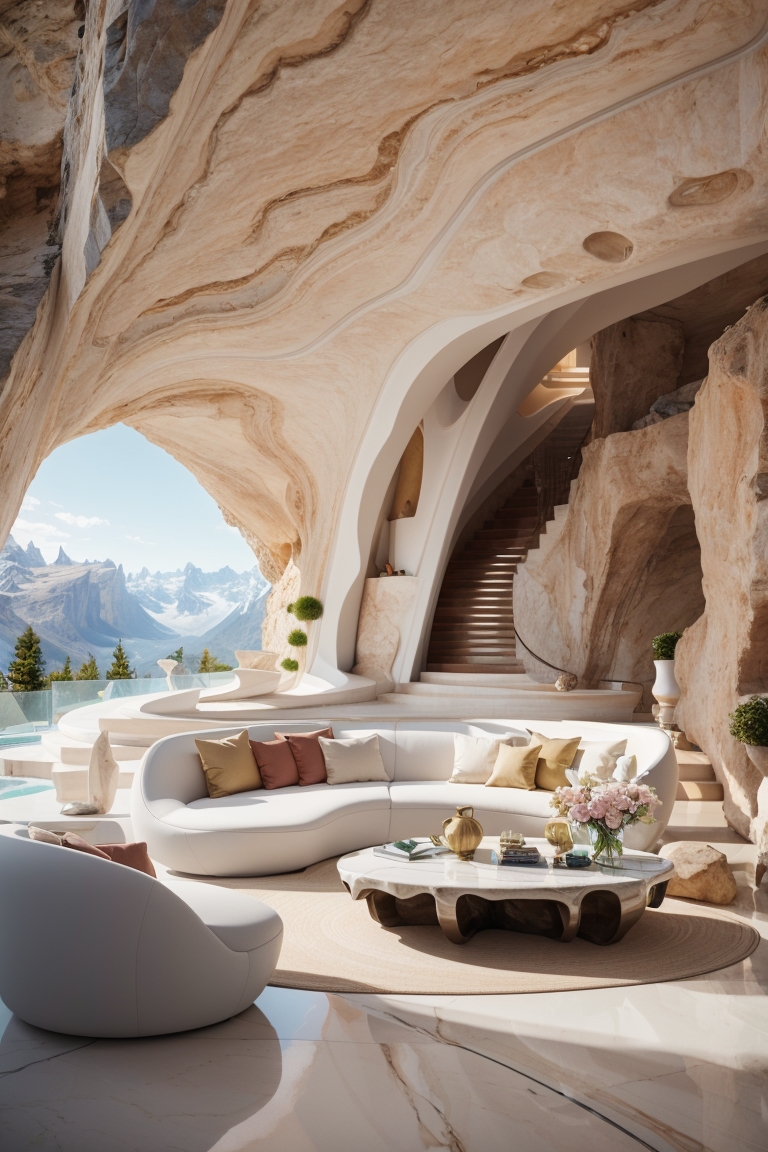
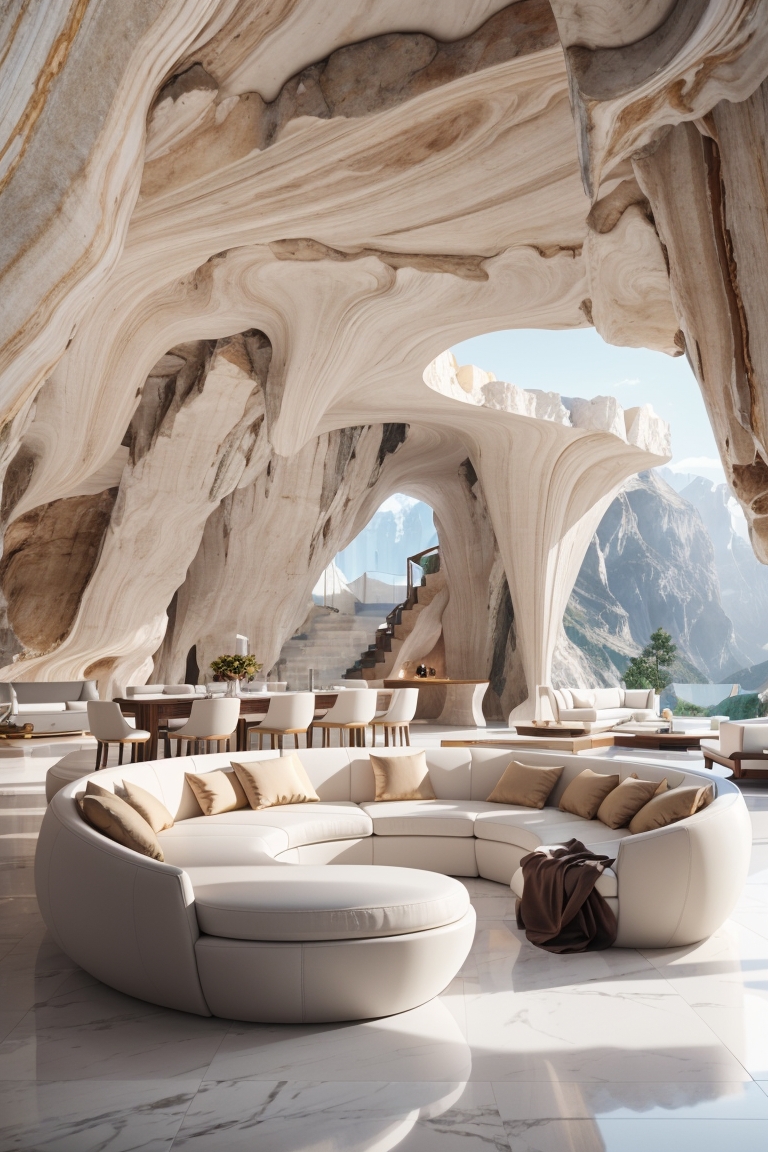
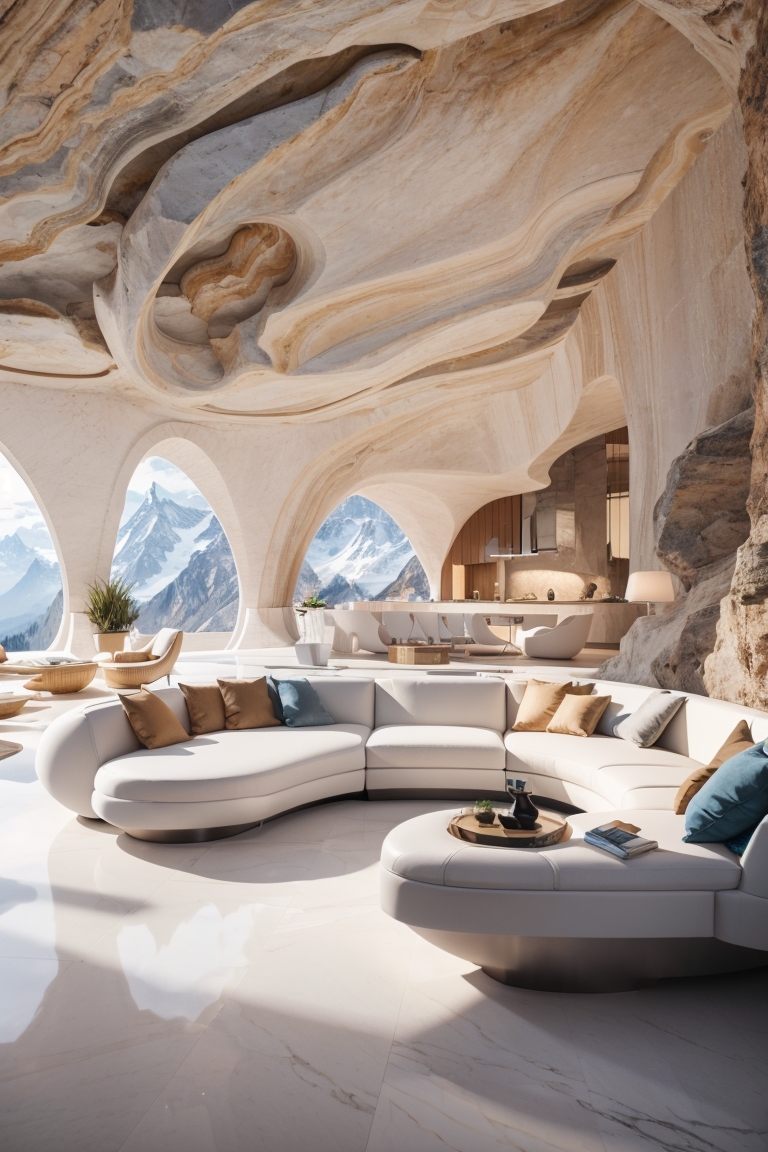 Cave dwellings are nothing new — from prehistoric shelters to the troglodytes of Kinver Edge, England. Since humans first realized they were vulnerable sleeping out at night, they’ve looked to natural rock formations for protection. Canyon Vista Residence is a vision of what this lifestyle choice might look like if you think big, dramatic and opulent, aesthetics apparently plucked from the pages of fantasy or science fiction.
Cave dwellings are nothing new — from prehistoric shelters to the troglodytes of Kinver Edge, England. Since humans first realized they were vulnerable sleeping out at night, they’ve looked to natural rock formations for protection. Canyon Vista Residence is a vision of what this lifestyle choice might look like if you think big, dramatic and opulent, aesthetics apparently plucked from the pages of fantasy or science fiction.
Stillness
By Patrick TIGHE Architecture, Joshua Tree, California
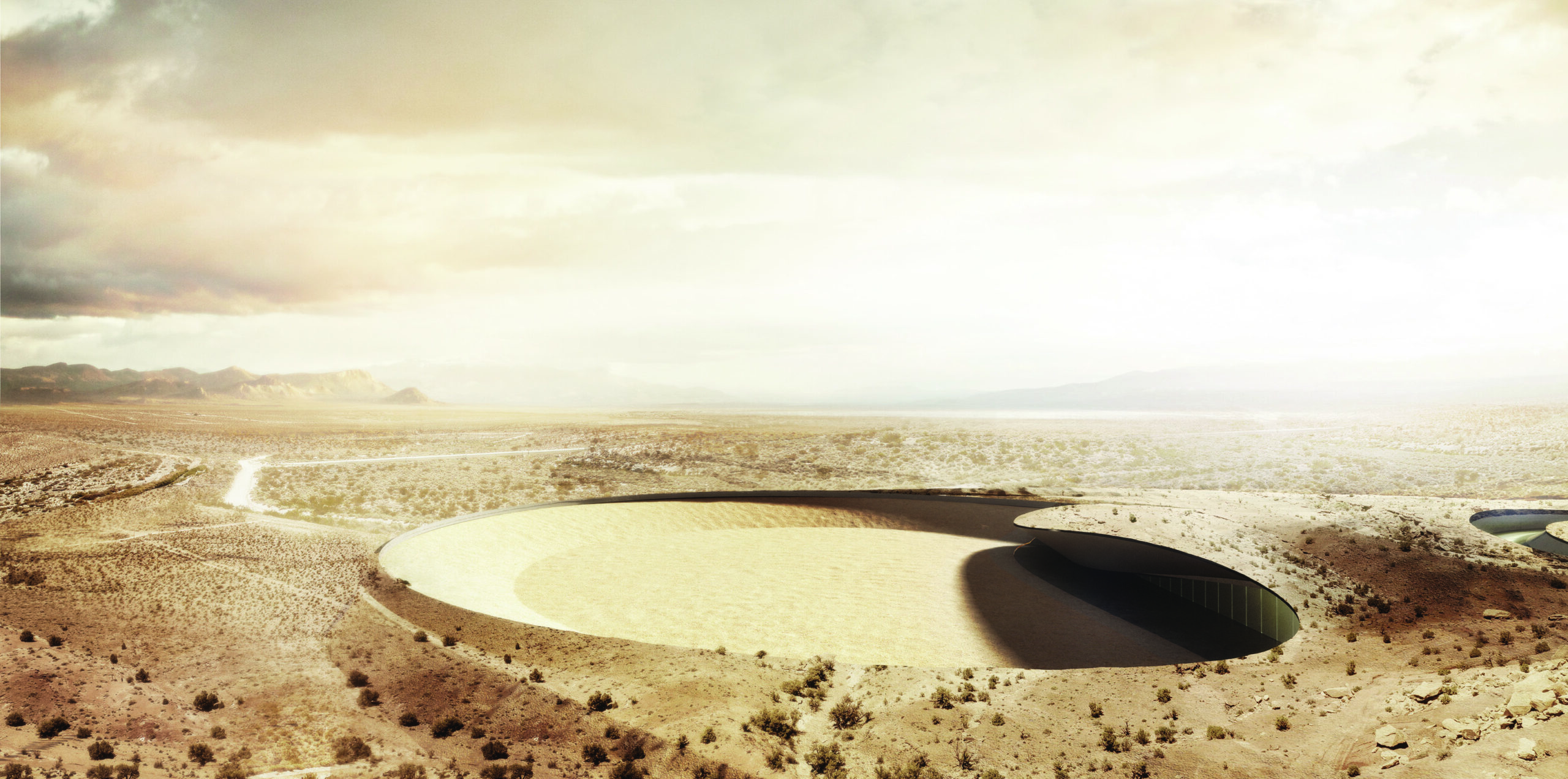
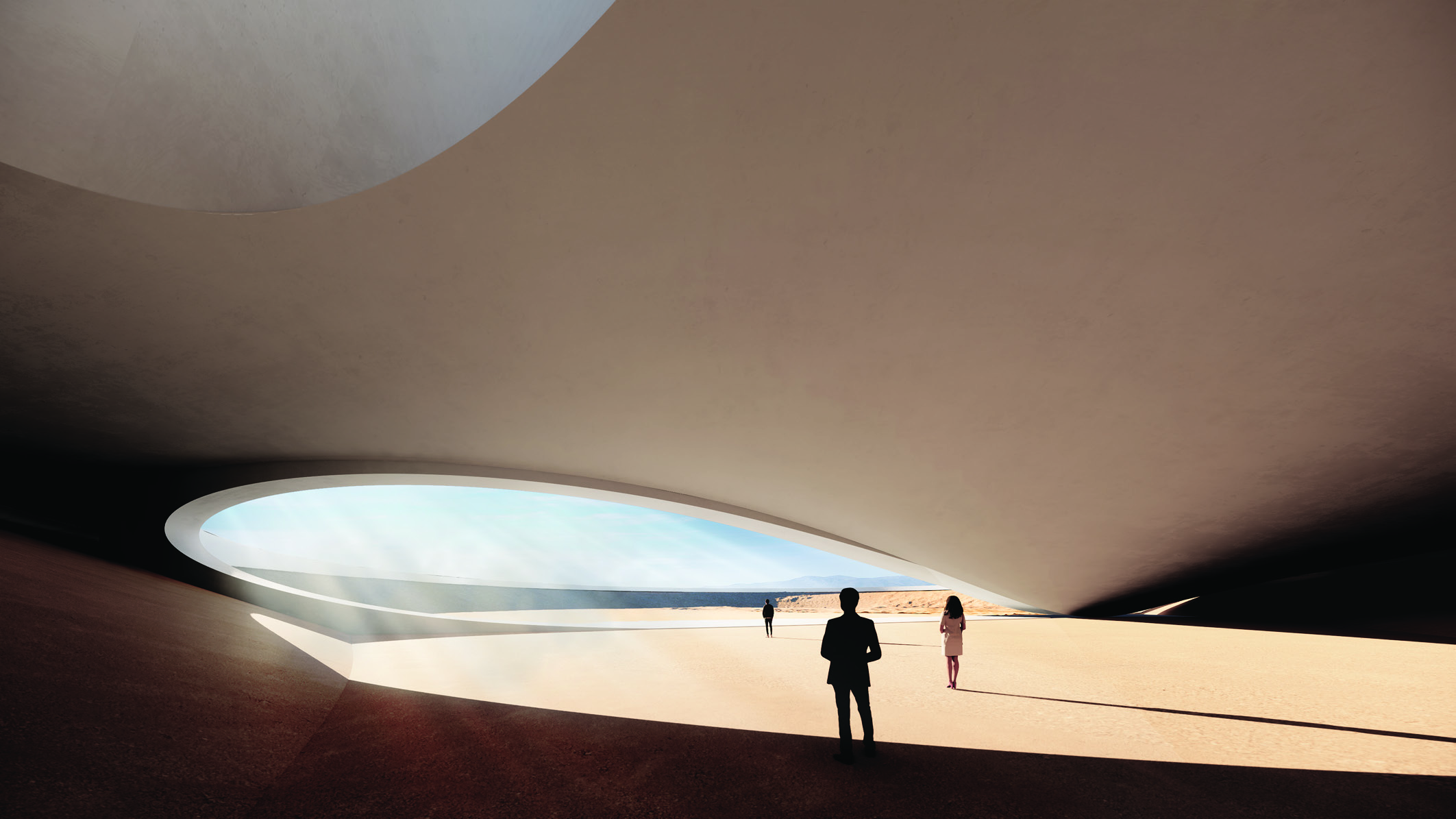
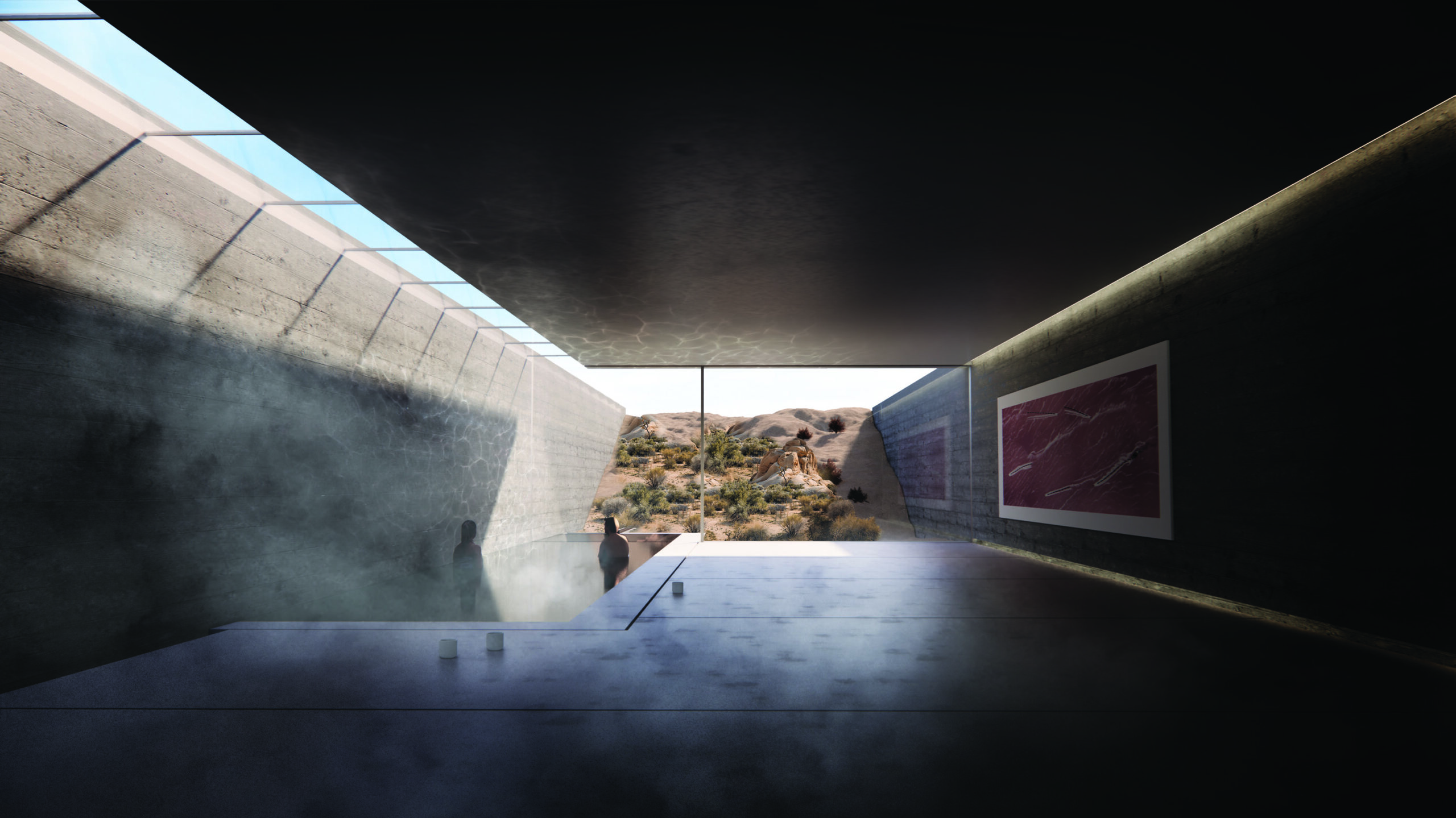 The barren nature of deserts seem to lend themselves perfectly to structures that make us stop and think. Stillness is conceived to be a Center for Contemplation — a multi-use facility aimed at increasing our awareness through art. Spaces are configured within the earthwork, and in the case of the ‘grand hall’, the landscape becomes the building, resulting in something which is closed off, but connected to the external wilderness.
The barren nature of deserts seem to lend themselves perfectly to structures that make us stop and think. Stillness is conceived to be a Center for Contemplation — a multi-use facility aimed at increasing our awareness through art. Spaces are configured within the earthwork, and in the case of the ‘grand hall’, the landscape becomes the building, resulting in something which is closed off, but connected to the external wilderness.
Chao Phraya Sky Park
By LANDPROCESS, Bangkok, Thailand
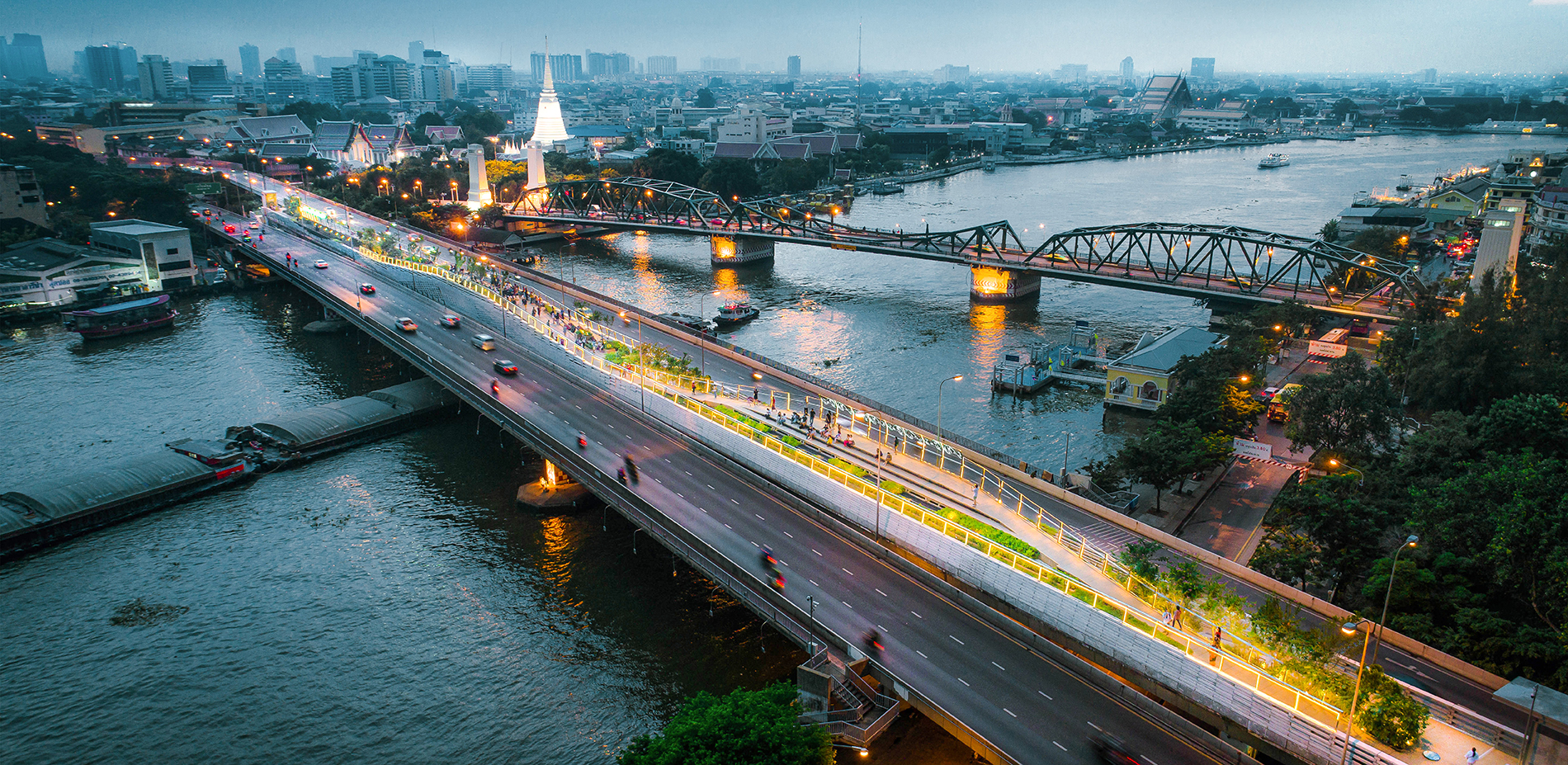
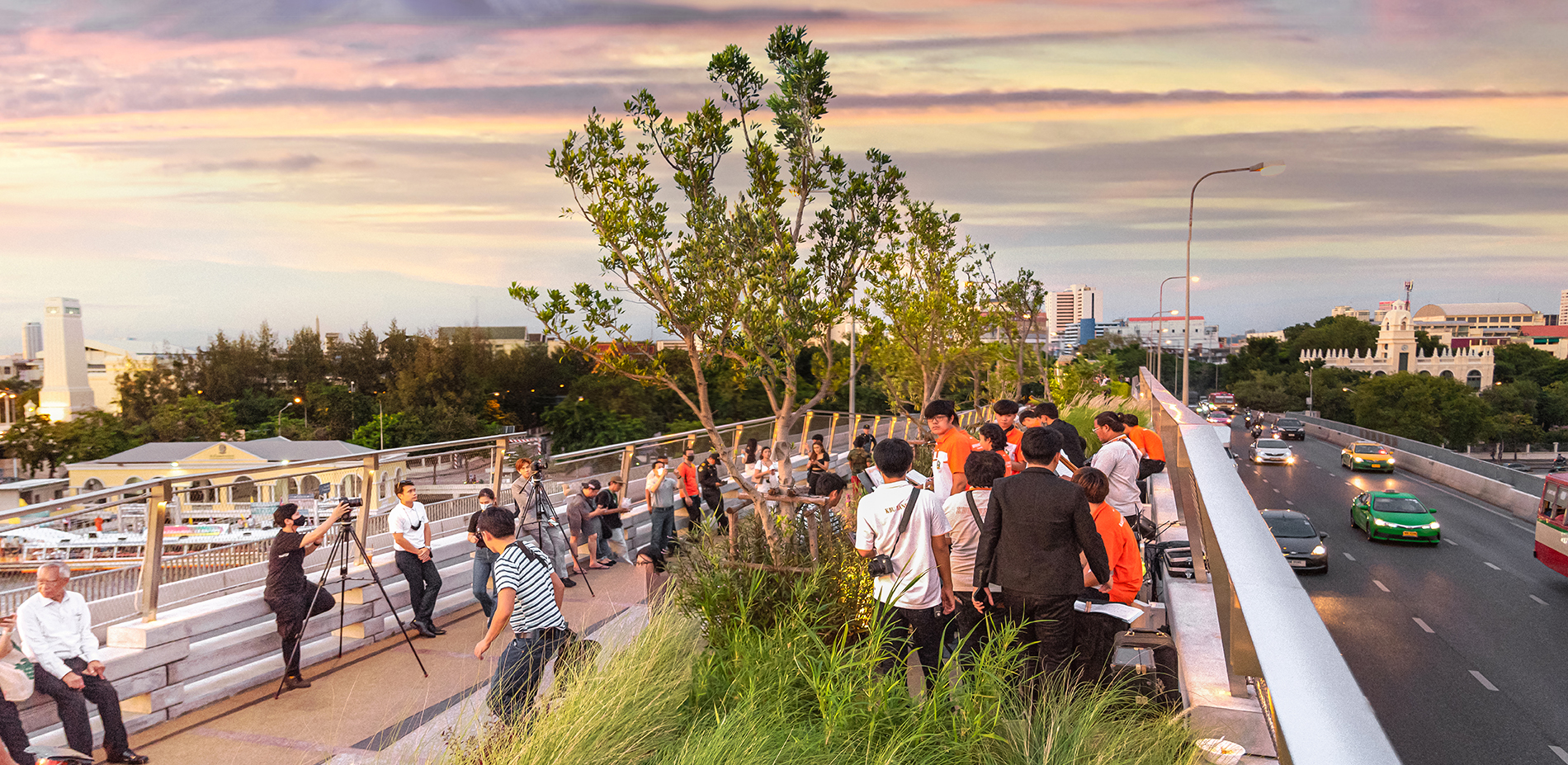
 If it’s important for architecture to complement and fit into the natural world, the case for adapting design around what is already there could be even stronger in built environments. Construction and demolition are high impact, and reducing the amount of times we build up to tear down is essential.
If it’s important for architecture to complement and fit into the natural world, the case for adapting design around what is already there could be even stronger in built environments. Construction and demolition are high impact, and reducing the amount of times we build up to tear down is essential.
One of many urban green spaces that borrow from New Yorks City’s pioneering High Line, Chao Phraya Sky Park is a pedestrian bridge encompassing parkland and nature spanning its namesake river. Larger parks sit on either end. The infrastructure was originally developed for a road crossing, then abandoned and left derelict. Here’s a solution that did not involve ripping it up and starting again, and instead considered what can be achieved from the existing landscape.
Architects: Want to have your project featured? Showcase your work by uploading projects to Architizer and sign up for our inspirational newsletters.
